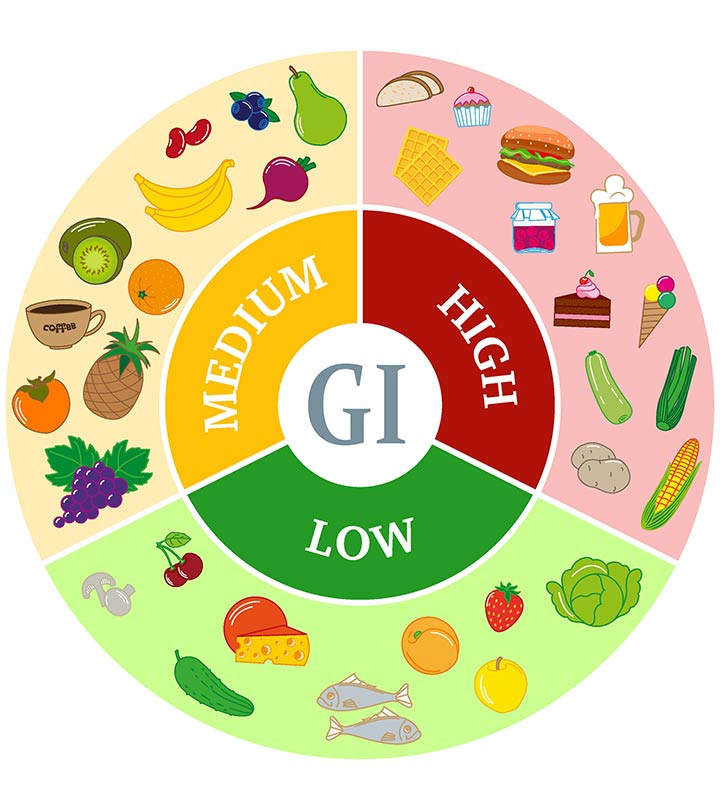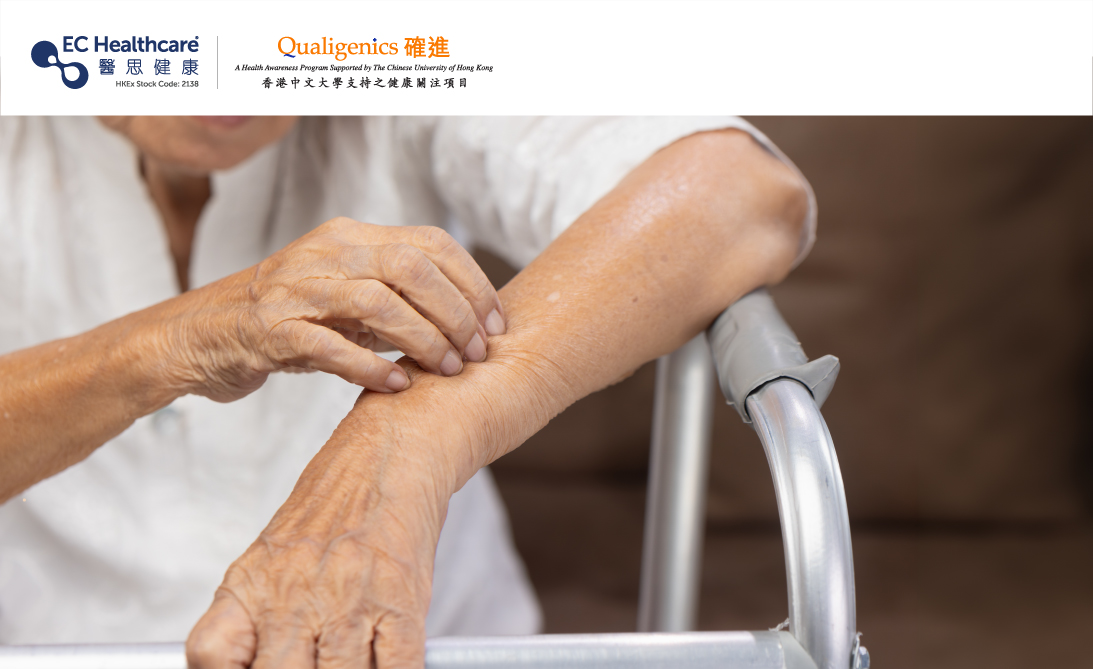The Low-GI Way to Health


The low-glycaemic index (GI) routines or diets are not just for diabetics. They can help lower blood sugar levels and they are even touted as an effective way to lose weight in recent years. According to the Department of Health, one in ten Hong Kong residents has diabetes, while one in four older adults aged above 65 suffers from the disease. In recent years, the disease becomes increasingly common in younger adults. The Hospital Authority reveals that 57% of the new cases from 2019 to 2020 were middle-aged (aged 40-64), with the actual number possibly even higher. Therefore, no matter what age you are, managing blood sugar levels is crucial. Embrace the low-GI lifestyle and build healthy dietary habits to control your blood sugar and weight.
What is GI?
The GI is used to calculate how quickly the carbohydrates in specific foods increase blood sugar levels. The higher the GI value, the higher the speed of food absorption and the subsequent rise in blood sugar levels. It is especially important for diabetes patients and people with high blood sugar to consider the GI of food when managing their diets. High-GI foods will raise the blood sugar level rapidly and burden the pancreas. As diabetes patients cannot produce enough insulin to regulate blood glucose, their blood sugar level will fluctuate greatly after eating high-GI foods, increasing the risk of diabetes complications.
Benefits of a low-GI diet
A low-GI diet consists of mainly low-GI foods to maintain stable blood sugar levels, avoid their great fluctuations and effectively lower the average blood sugar levels (HbA1c) of diabetes patients. This diet can also help reduce cholesterol, especially LDL (bad) cholesterol levels, and body weight. Some research findings show that a low-GI diet can extend the feeling of fullness, which lowers the urge to eat, hence reducing weight.
What you need to know about a low-GI diet
Some high-fat foods have low GI, but this does not mean they contain low cholesterol and calories. You should not excessively consume these foods due to their low GI since this may damage your health and backfire on your slimming plan. For example, potato chips have a lower GI than cooked potatoes but contain higher fat, therefore are not recommended to consume in large quantities.
The GI of foods is only one of the criteria for achieving a balanced diet. When you formulate a slimming plan, you should not consider the GI as the only standard. You should eat a variety of foods to absorb a wide range of vitamins and nutrients to balance your diet.
Note that the higher degree of ripeness of the food, the higher GI it has. Cooking methods also affect the GI of food. Avoid cooking the food for too long and use recipes that use less oil, salt and sugar.
With excessive consumption of low-GI foods, their carbohydrates will also accumulate and increase the blood sugar level. You should therefore control your consumption.
In short, eating low-GI foods moderately can stabilise the blood sugar level and control body weight. Yet, the GI is just one aspect of a healthy diet. A balanced and diverse diet, along with healthy habits, are essential for overall body health.
If you find that you or your loved ones have blood sugar problems, you should see a doctor as soon as possible.
Related Brands









